
Polar Bear
Polar Bear
Polar Bear
Do you know one species of bear, polar bear, characterized by its large white body? Polar bears are often seen in zoos and TV programs, and they are also motifs for various characters, so I like polar bears! Many people may say. The body of such a polar bear hides many interesting secrets for survival in the very cold Arctic. Let's take a peek at what characteristics and secrets polar bears have in this article!
Polar Bear Basic Infomation
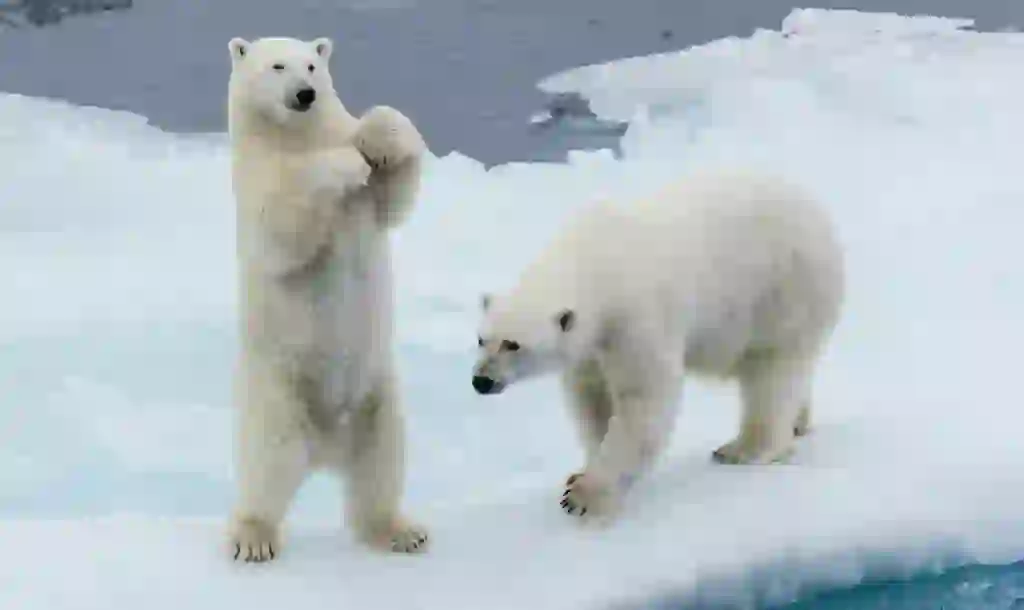
Mammalia-Carnivora-Ursidae.
Length:male 2~2.5m female 1.8~2m. Weight:male 400~600Kg female 200~350Kg.
The polar bear is one species of bear and the largest carnivore on earth.
Living in the Arctic, they are large and have small ears, double hair, thick subcutaneous fat, and hair that grows densely down to the soles of their feet, making them adapted to living in very cold conditions.
Polar bears are basically animals that live alone, but only males and females during the breeding season and females during child-rearing behave with their young.
Polar bear males reach sexual maturity in 5~6 years of age, and females reach sexual maturity about 6 years after birth. When sexual maturity is reached, pregnancy and Breed are possible.
The breeding season is from March to June, the gestation period is about 195 to 265 days (* including the time of implantation delay), and 1 ~ 4 babies (average 2 babies) are born in one birth.
Basically, only female polar bears raise their young, and male polar bears do not participate in raising their young.
Rather, when a male polar bear encounters a polar bear parent and child, it may attack the child and eat it.Children learn what is necessary to live in the Arctic while living with their mother, and leave their parents and become independent about 2~3 years after birth.
Polar Bear Q&A

Where does the polar bear get its name?
An animal famous in English under the name of "polar bear". By the way, in Japanese it is called "hokkyoku guma".
Why is an animal called a "polar bear" in English named a "hokkyoku guma" in Japanese? This time, we will introduce its origin.
If you trace the origin of the name "hokkyoku guma" in Japan, you will arrive at Ueno Zoo, the oldest in the Japan.
Polar bears first came to Japan in 1902, and at that time, Ueno Zoo was breeding albino asian black bears.
However, if this continues, it will be difficult to tell which is the white Asian black bear, so in order to distinguish them, they decided to call the white bear from the North Pole "hokkyoku guma".
And the name took root as it is, and it continues to this day.
By the way, the scientific name is "Ursus maritimus", which means "bear living in the sea".
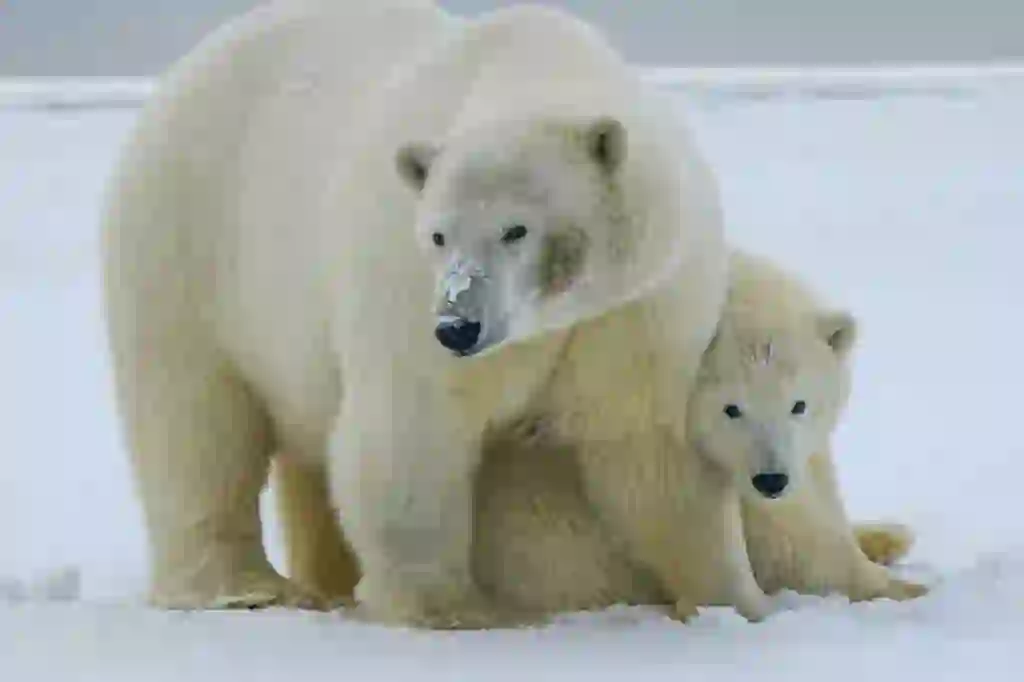
Why do polar bears live there?
Polar bears are animals that live only in the Arctic. There is an image that the Arctic Circle, which is covered with huge ice, is difficult for animals to live in, but why do polar bears dare to live in this Arctic Circle?
This is because the Arctic Circle is surprisingly a place where a rich ecosystem with many animals has been built.
In the Arctic Circle, a lot of phytoplankton occurs in spring, so shellfish and crustaceans gather using phytoplankton as food, and fish and birds gather.
In search of them, seals, dolphins, polar bears, and other mammals living in the sea gather and live there.

What do polar bears eat?
Polar bears are carnivorous animals, so they catch and eat various animals.
The main prey is young ringed seals, but they also eat bearded seals, harp seals, walruses and beluga whales.
In the summer, when there is no sea ice to hunt, they eat reindeer, dead whale meat, seabirds and their eggs, fish, plants, etc., but there are also polar bears who wait for months to hunt seals without eating anything.
For polar bears, which eat mainly fat after catching prey, young ringed seals with a lot of body fat are the best feast.
Polar bear hunting often involves ambushing until prey appears, or sneaking up to capture them so that they don't notice their opponents.
Ambush-type hunts wait patiently looking for holes in the ice where seals make their faces to breathe the air outside. And it aims and attacks where the seal comes out of the ice hole.
At this time, they may wait patiently for hours.
The creeping type of hunt first looks for seals resting on the sea ice, and then gradually approaches them while swimming so as not to be noticed by them.
Then, when they get close to the seals, they dive or hide in the ice, get even closer, and jump out of the sea at once to attack.
By the way, zoos often give horse meat and chicken, fish such as hokke and horse mackerel, apples, sweet potatoes, and sausages dedicated to carnivores.
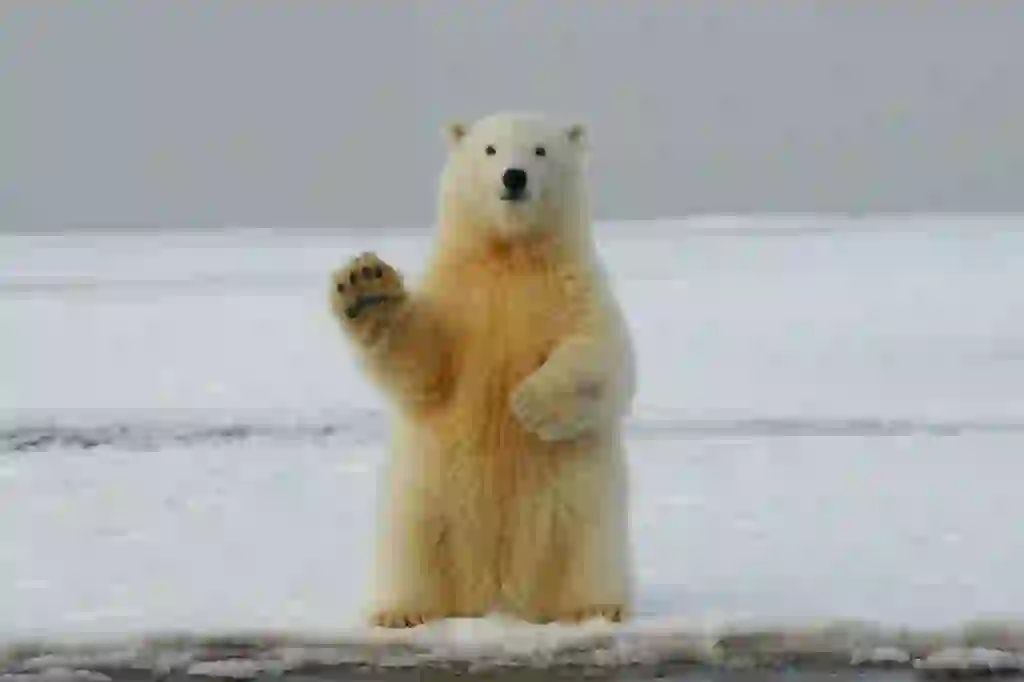
Is it true that polar bears are good swimmers?
It's true.
Polar bears have a streamlined head with a small head and a long neck, which is less susceptible to water resistance and has a body shape suitable for swimming.
And using the front legs like oars and the rear legs like rudders, you can swim in the freezing cold waters of the Arctic for 1~10 days without rest.
So far, there have been confirmed cases of swimming a distance of 687 km, which is equivalent to the distance between Tokyo in Japan and Hakodate in Hokkaido, for up to nine consecutive days.
Polar bears swim in the Arctic Ocean in search of seals as their prey and sea ice as a place to hunt seals.
However, in recent years, due to the effects of global warming, the sea ice that polar bears can use as hunting grounds has become smaller, and it seems that they are forced to swim long distances in order to survive.
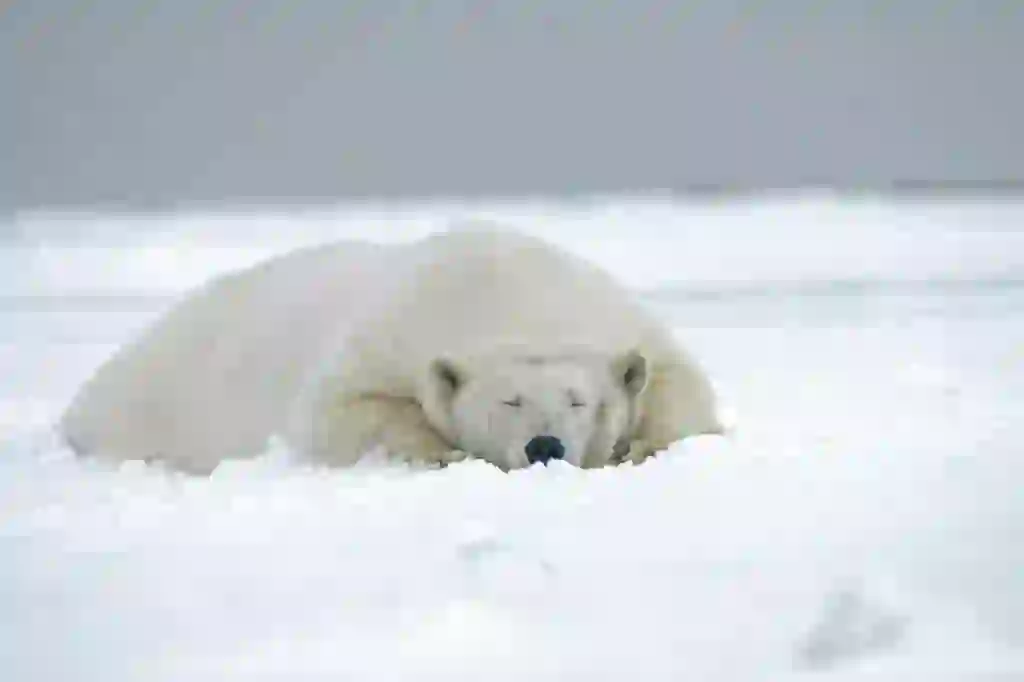
Is it true that polar bears' skin is black?
It's true.
Polar bears have a pure white body, so isn't their skin also white? Many of you may have thought.However, surprisingly, polar bears' skin is black. And because the skin is black, the body can efficiently absorb sunlight.
So why does the body of a polar bear with black skin look white? The secret lies in their hair.
The polar bear's hair is actually transparent instead of white, and the inside is a straw-like cavity.Since this cavity acts as an insulator, polar bears can not only maintain their body temperature even in the freezing Arctic, but also help to gain buoyancy when swimming.
It is thought that this transparent fur and black skin are repeatedly reflected by sunlight, making polar bears appear white.
By the way, depending on the season, the hair of polar bears in zoos may turn green. This phenomenon is said to be a condition in which algae have entered the cavity in the hair and have propagated.
The detailed reason why algae enter the cavity is not known, but it is said that it does not affect the health of polar bears in particular because it returns to its original white color when it is changed to winter hair.

Do polar bears hibernate?
No, polar bears are animals of the ursidae, but they do not hibernate.
By the way, pregnant females spend the winter in a pitch-dark burrow for about 3 months, giving birth and raising children in a fasted state.However, even at this time, it is not in hibernation with a lower body temperature and body functions like other bears.
As a side note, wild polar bears are said to be close to hibernation when seals are not caught, lowering body temperature and body functions to save energy.
※What is hibernation?
It refers to the time when animals stop activities such as eating food and exercise during the cold season and spend time until the temperature rises with their body temperature and body functions lowered.
Although only a limited number of animals hibernate, some bears, squirrels, bats and mice, and cold-blooded animals such as reptiles and amphibians (snakes, frogs, turtles, etc.) are known to hibernate.
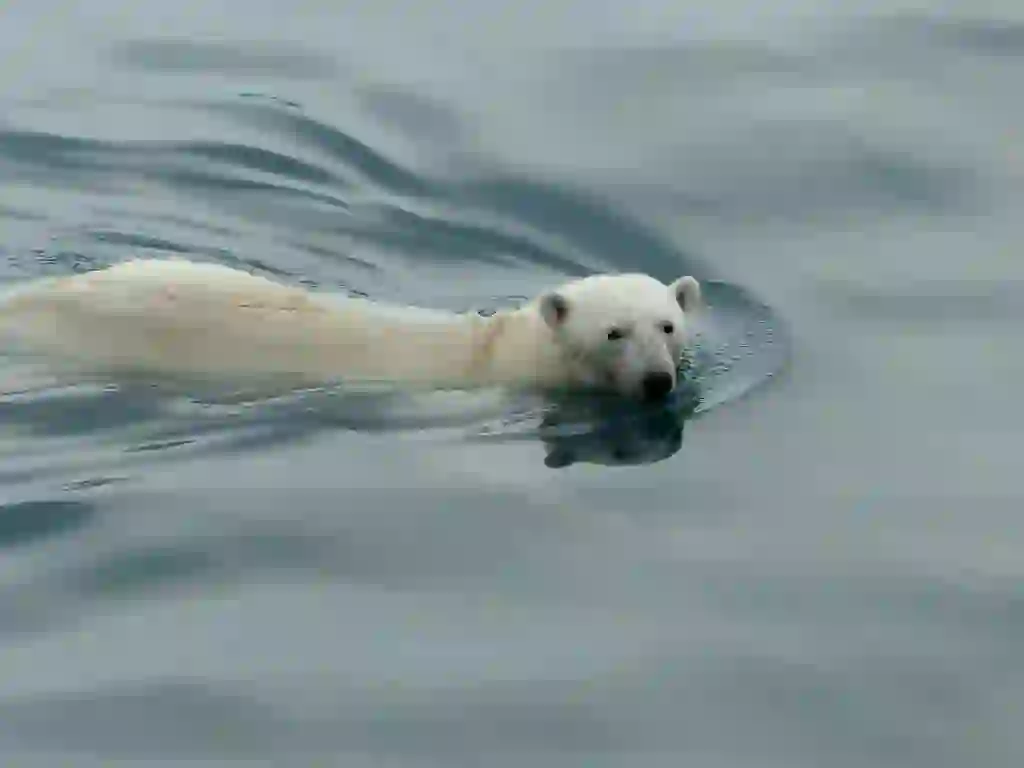
Why do polar bears vary in their gestation periods?
This is because female polar bears have a phenomenon called "implantation delay".
When the male and female of the animal mate and the sperm and egg meet in the female's tummy, a fertilized egg is formed. Normally, a fertilized egg implants in the uterus as it is, from which the fetus develops.
However, it is known that polar bears and other bears have a phenomenon called "implantation delay" in which the fertilized egg does not implant immediately in the female uterus and stops developing in the womb after the fertilized egg is formed.
It is believed that the reason for implantation delay is to adjust the timing of childbirth so that the baby is born in the best condition. Therefore, bear companions vary considerably in the number of days from mating to calving.
Polar bear babies are born very small, weighing about 500g. However, polar bear breast milk is very fatty, and about 33% of the total is fat, which is very nutrient-rich. (By the way, the fat content of human breast milk is about 3.5%)
Polar bear babies drink plenty of nutritious breast milk until they are full, and they grow steadily. In this way, it is said that "giving birth small and raising big" is the bear-style way of raising children.
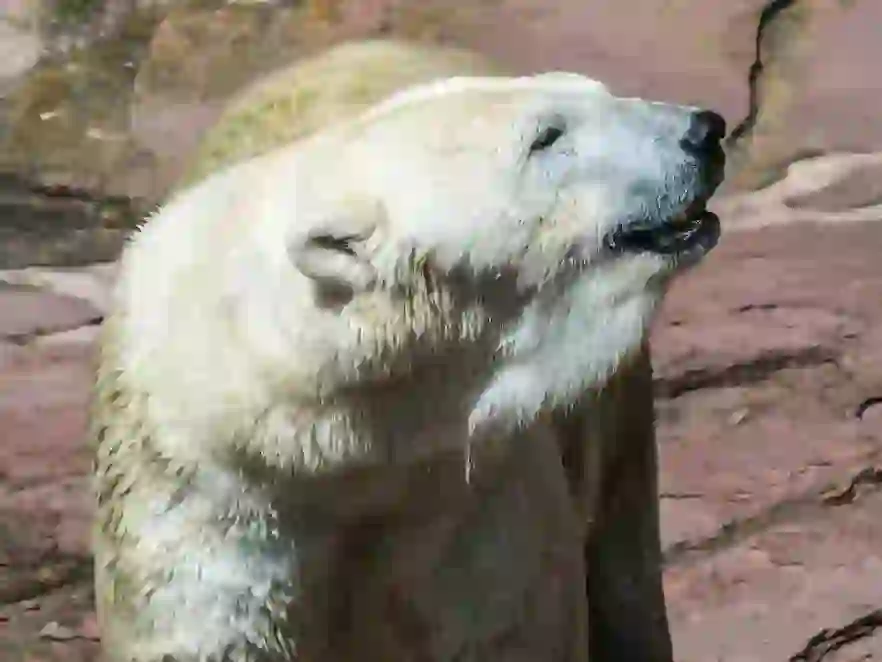
Can polar bears be kept as pets?
By the way, can polar bears be kept at home as pets like dogs and cats?
When breeding unusual animals at home, it is necessary to follow the laws established in some countries. Therefore, this time, we will focus on whether polar bears can be bred in Japan.
First of all, all types of bears, including polar bears, are designated as "specified animals" that may endanger human life and property under the Japan law.
Since June 1, 2020, the keeping of specific animals for pet purposes has been completely prohibited, so polar bears cannot be kept as pets in Japan Japan.
By the way, it seems that in other countries besides Japan some people keep polar bears as pets, but it is very difficult to keep an animal that weighs hundreds of kilograms at home.
This is because even polar bears, which are accustomed to people, can seriously injure humans or, in the worst case, die from a blow that they intend to play.
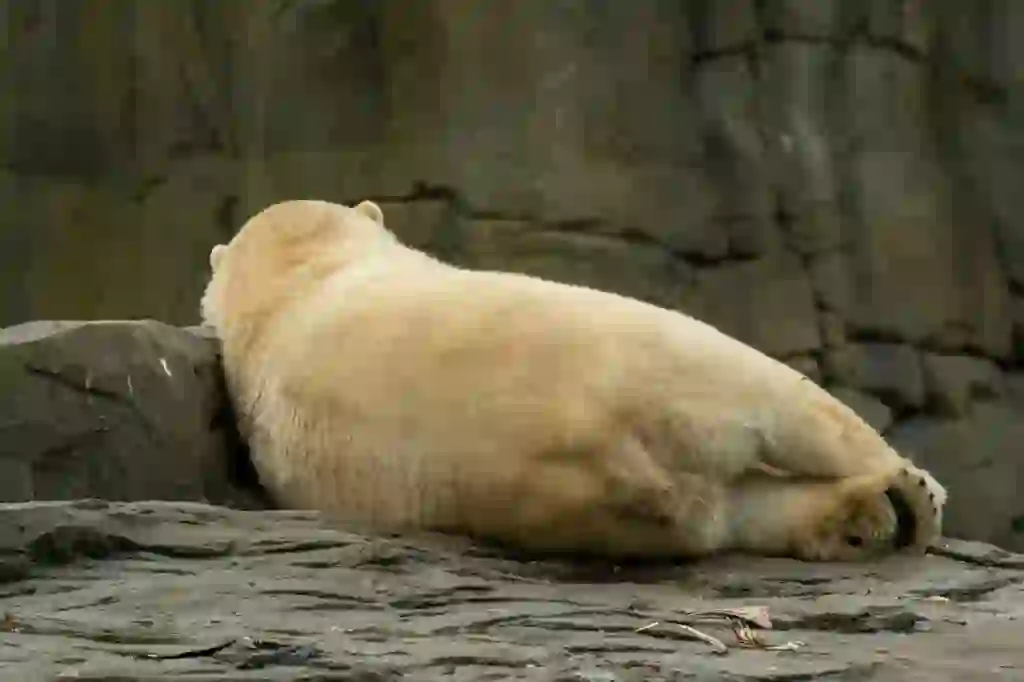
What is the lifespan of a polar bear?
The lifespan of polar bears is said to be about 25~30 years old in the wild and in captivity.
The longest-lived polar bear in Japan was "Nana", a female polar bear kept at Yagiyama Zoological Park in Miyagi Prefecture until 2021, and lived to be 36 years old, which is more than 100 years old when converted to humans.
By the way, the oldest polar bear in the world is a female polar bear "Debbie" that was kept at a zoo called Assiniboine Park in Canada until 2008, and she lived to be 42 years old.
Debbie is a wild-origin individual found separated from her mother and has been recognized by the Guinness Book of World Records as the longest-lived polar bear.
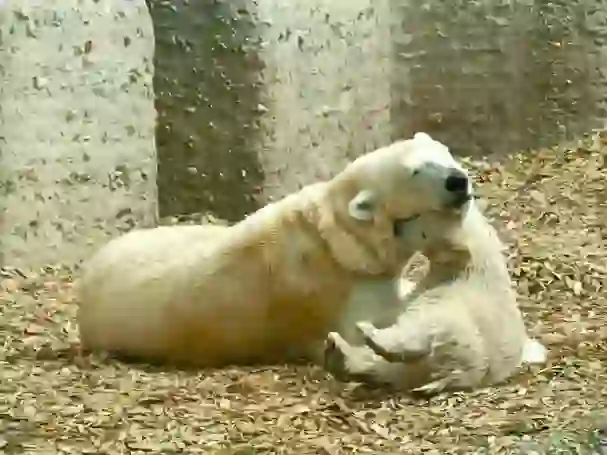
What enemies do polar bears have?
Polar bears in the wild have almost no natural enemies, but they can be attacked by killer whales while swimming. In the case of babies, male polar bears and birds of prey are also natural enemies.
Sadly, however, polar bears' number one enemy is us humans.
Due to the effects of global warming caused by human activities, the sea ice in the Arctic has melted, and there are fewer places where polar bears can safely hunt and raise their young.
In addition, harmful chemicals are carried to the Arctic by wind and seawater, which weakens polar bears' resistance to diseases and confirms deformities to their reproductive organs.
Polar bears at the top of Arctic ecosystems are particularly susceptible because harmful substances tend to accumulate in their bodies as animals at the top of ecosystems.
Currently, polar bears are designated as an endangered species and internationally protected, but for these reasons, there are concerns that they may become extinct someday.
By the way, the Inuit, the indigenous people of the Arctic, have hunted polar bears since ancient times, taking advantage of their meat and fur.Therefore, they still have the right to hunt polar bears within the specified range and if necessary for their livelihood.
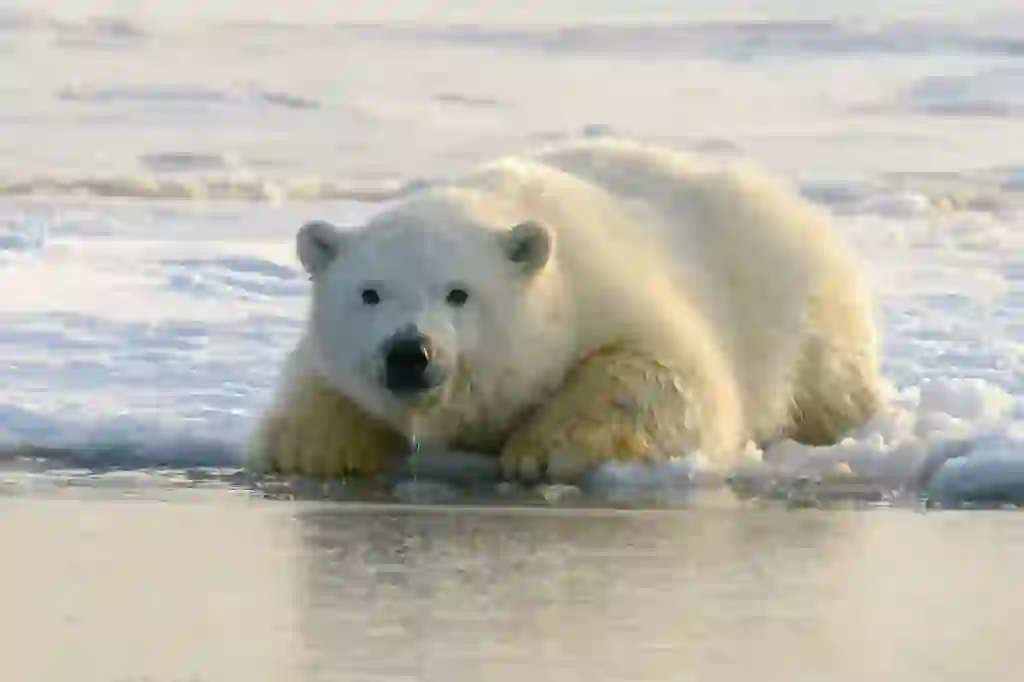
What can you do to protect polar bears?
At the moment, there are an estimated 26,000 polar bears on Earth, but it is thought that if global warming continues at this rate, wild polar bears will become extinct by 2100.
So what can we do to prevent polar bears from becoming extinct?
Unfortunately, there is little we can do directly about polar bears living in distant Arctic lands.
However, in response to global warming, which is one of the causes of polar bears' suffering, we can make small efforts such as adjusting the temperature of air conditioning and heating, turning off the lights frequently, and using public transportation instead of private cars as much as possible to avoid wasting electricity.
The power of each and every one of us is truly small. However, if many people pay attention to environmental issues and try to reduce the waste of energy steadily, the movement will eventually become a great power.

Would you like to become a part of the 'Animalbook.jp'?
Turn your knowledge into Q&A and share it with the world. ※Publication will be activated after purchase. Let's share information together!
Polar Bear Type of List
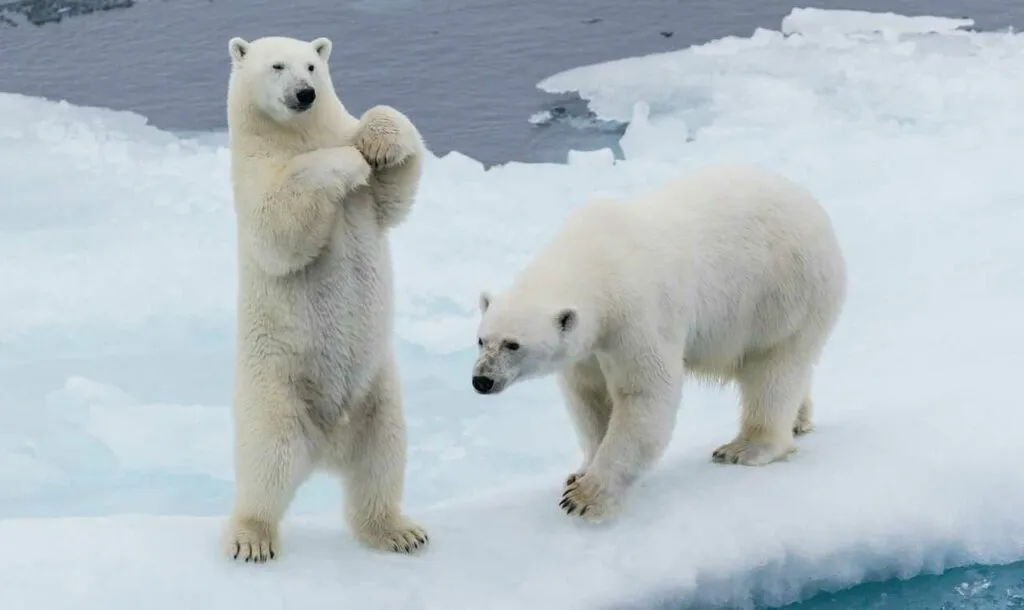
- Polar Bear
Information
Congratulations! You are the first commenter!

Create Your Favorite List!
Polar Bear
Save the animals you love! Build your own list to quickly revisit your favorites later.

Would you like to leave a comment?
※Please note: This is for the purchase of rights to post comments within the article.
Find Your Favorites!
Our shop offers a unique and attractive selection of goods themed around various animals.
Polar Bear References

- Web東奥「36歳ホッキョクグマ死ぬ、仙台 国内最高齢、八木山動物公園」 https://www.toonippo.co.jp/articles/-/466818
- WWFジャパン「ホッキョクグマの生態と、迫る危機」 https://www.wwf.or.jp/activities/basicinfo/3565.html
- 釧路市動物園「ホッキョクグマ」 https://www.city.kushiro.lg.jp/zoo/shoukai/0049.html
- よこはま動物園ズーラシア「ホッキョクグマ」 http://www.hama-midorinokyokai.or.jp/zoo/zoorasia/animal/subarctic/PolarBear/
- ナショナルジオグラフィック「ホッキョクグマ、687キロを泳ぐ」 https://natgeo.nikkeibp.co.jp/nng/article/news/14/4607/
- ナショジオ動画「餓死寸前のホッキョクグマ エサ求める姿が涙を誘う」 https://style.nikkei.com/article/DGXMZO25371690V00C18A1000000/
- シゼコン 自然科学観察コンクール「ホッキョクグマの毛は本当は何色か?~なぜ白く見えるのか?~」 https://www.shizecon.net/award/detail.html?id=189
- カナダシアター「もっと知りたい ホッキョクグマ」 https://www.canada.jp/stories/post-1015/
- 札幌市円山動物園「ピリカのプールデビュー」 https://www.city.sapporo.jp/zoo/topics/polar_bear4.html
- 東京ズーネット「企画展「クマ──飼育史・冬眠・研究」開催中!」 https://www.tokyo-zoo.net/topic/topics_detail?kind=event&inst=ueno&link_num=10670
- 国立極地研究所「北極海の豊かな生態系を育む植物プランクトンの通年の生物量変化を初観測—天然の有機物貯蔵庫が海洋生物のホットスポットを支えている—」 https://www.nipr.ac.jp/info/notice/20160429.html
- 夢ナビ「クマが冬眠するメカニズムとは?」 https://yumenavi.info/lecture.aspx?GNKCD=g002697
- 神戸市王子動物園「第36号はばたき」 http://www.kobe-ojizoo.jp/habataki/pdf/habataki36.pdf
Polar Bear Introduction of media used
出典:https://www.pexels.com/ja-jp/photo/4517474/

出典:https://unsplash.com/photos/eW0I8UA82Wk

出典:https://unsplash.com/photos/FPiwXZqYVeg

出典:https://unsplash.com/photos/NL1vH0hnIbQ

出典:https://unsplash.com/photos/qQWV91TTBrE

出典:https://unsplash.com/photos/p2xEnIZAv1E

出典:https://pixabay.com/images/id-359264/

出典:https://pixabay.com/images/id-4605476/

出典:https://pixabay.com/images/id-3646475/

出典:https://unsplash.com/photos/3Z0ev9DqwsY

出典:https://pixabay.com/images/id-2294953/

出典:https://unsplash.com/photos/KgRKlQXmHR0
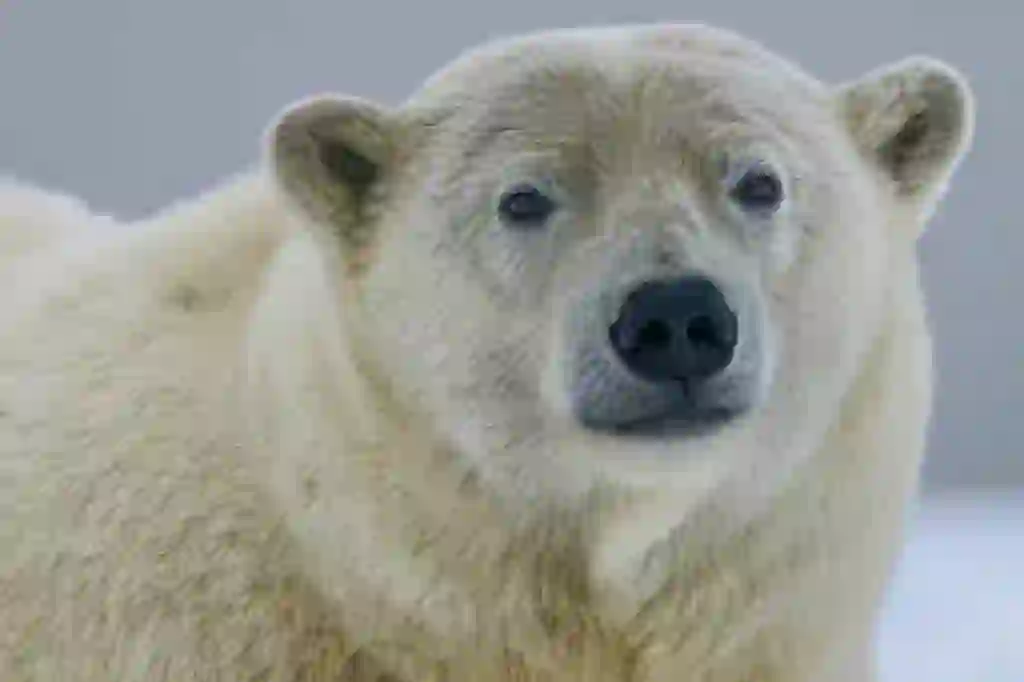
出典:https://unsplash.com/photos/Opd59VdnPn0

enemy
出典:https://pixabay.com/images/id-1439621/
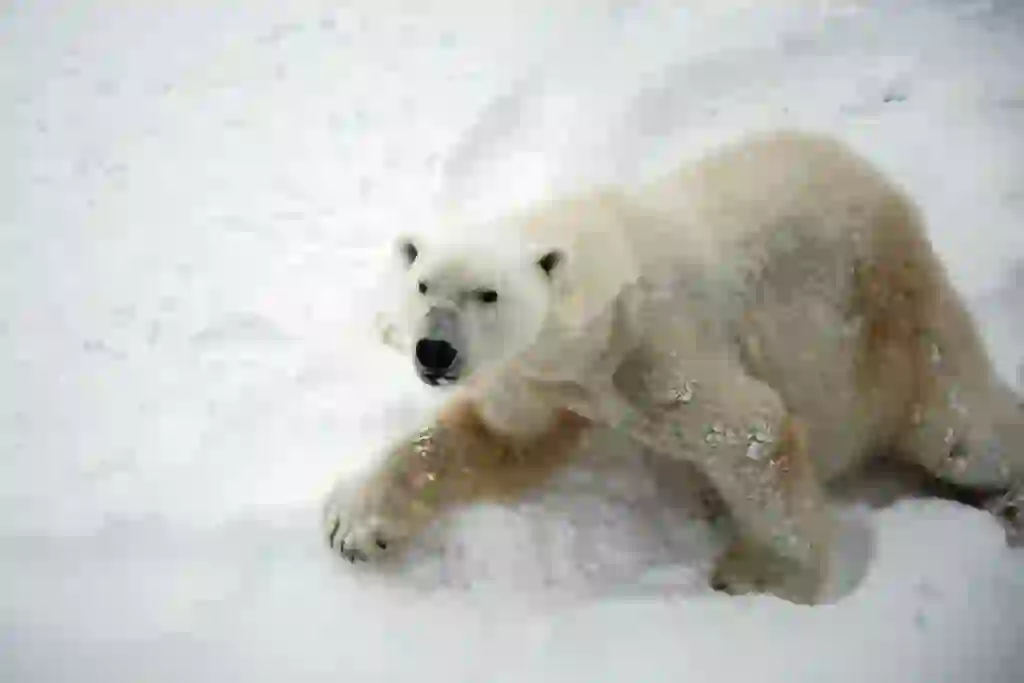
出典:https://unsplash.com/photos/Uvx4MCOk2cE
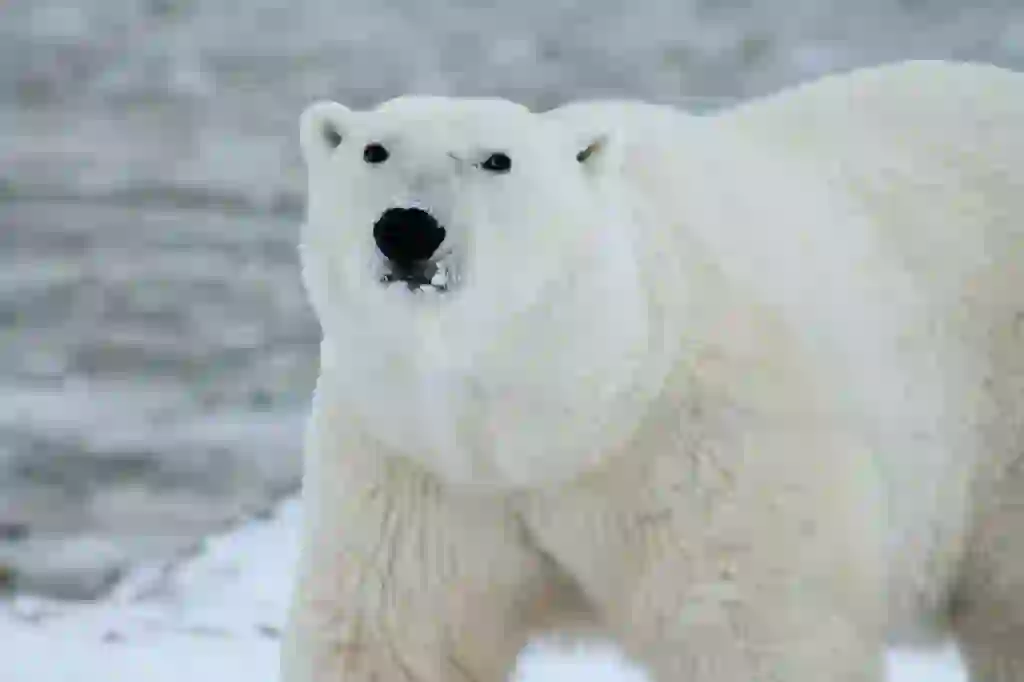
出典:https://pixabay.com/images/id-404314/

Help Enrich Our Animalbook.jp with Your Media!
We are constantly looking to expand and enrich our Animalbook.jp with amazing photos and videos of animals. If you have any media that you'd like to share, please contribute and help us showcase the beauty and diversity of the animal kingdom. Your submissions will be credited and featured in our encyclopedia, reaching a wide audience of animal lovers.


















